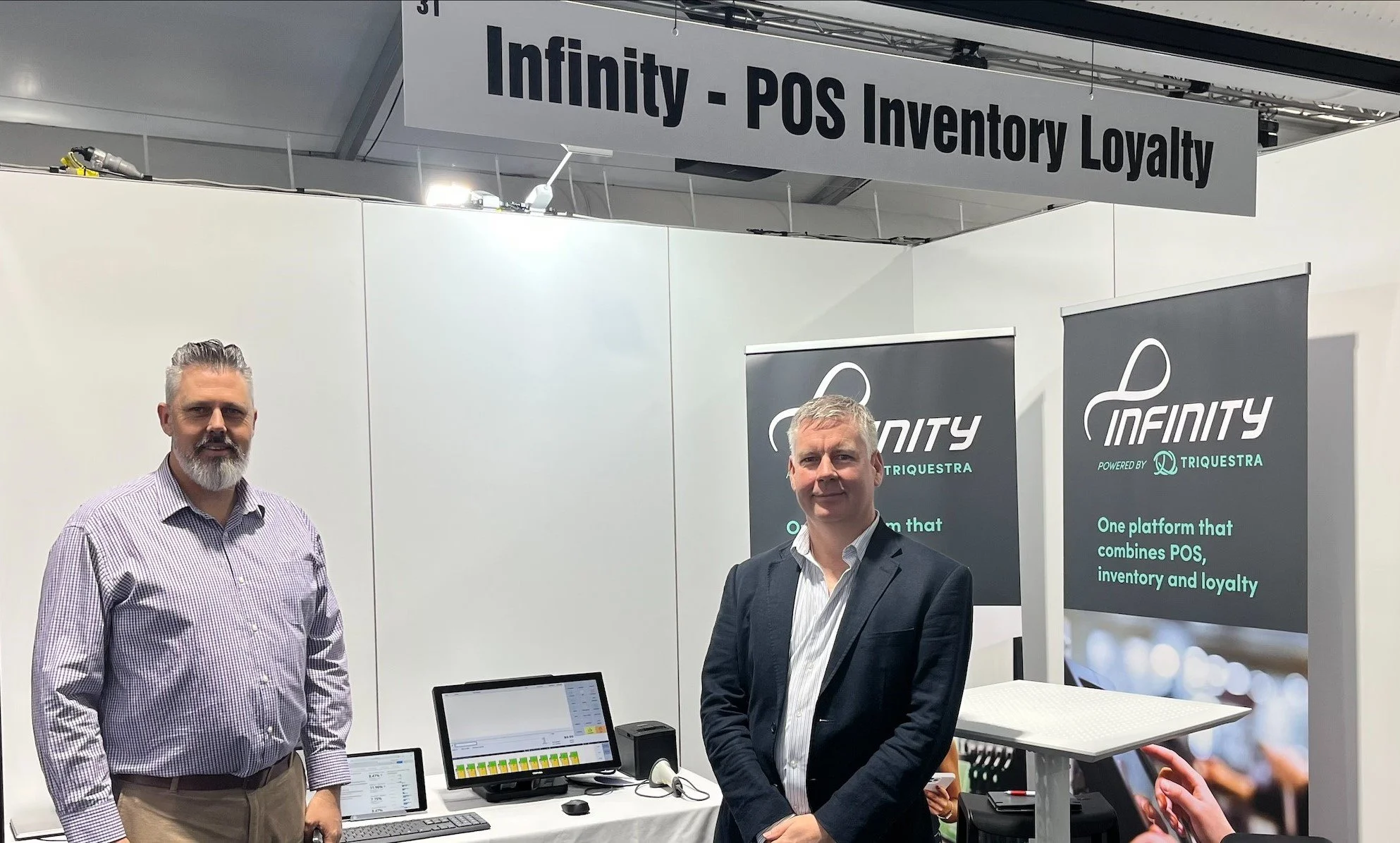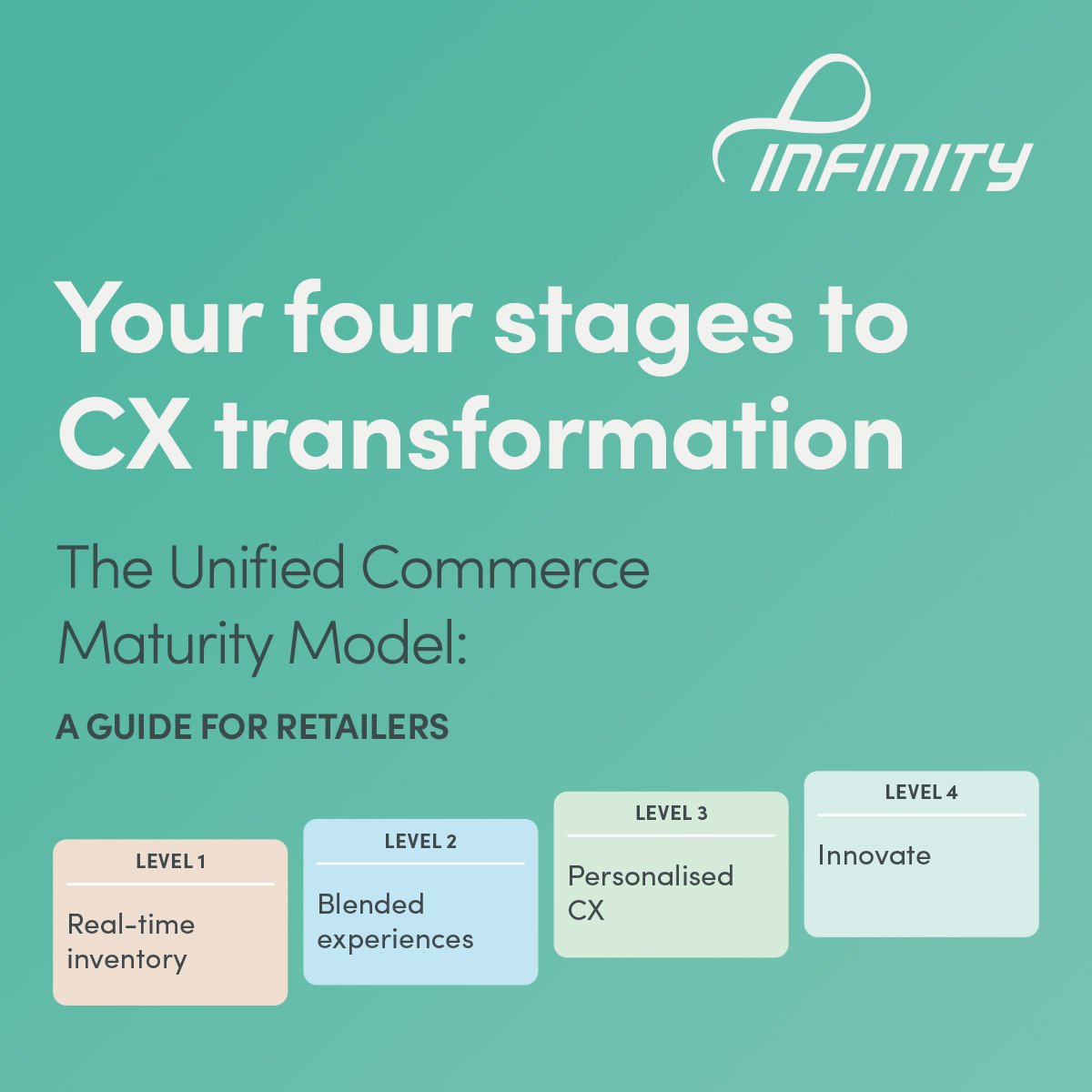It used to be a truism that the retail industry spent less on IT compared to other industries such as health and banking, mostly thanks to its focus on physical stores where IT played a less vital role and its lower dependence on data storage.
But times have changed and retail’s IT budgets have changed along with them. In 2024, over 72% of global retail chains reported increasing their IT budgets compared to the previous year.
What’s driving investment?
The driving force has been consumer demand for seamless omnichannel shopping, along with the proliferation of cloud-based services, integration of AI and investment in cybersecurity. As retailers have gone online not only have they had to invest in robust cloud servers and CRMs, they’ve also needed to up their game when it comes to securing customer data.
The store, too, has seen new investment. As our recent blog said, retail POS platforms need to keep pace with customers’ ‘phygital’ expectation that their instore experience will be harmonised with the shopping they do online, while mobile apps and self-service kiosks have added another layer to retailers’ store spend.
Meanwhile, edge computing is gaining traction in high-volume environments. A recent study found around 22% of Tier-1 retailers globally have integrated edge computing to manage instore data processing and address latency issues during peak hours.
The upside to investing
For retailers in the Asia-Pacific region, the benefits of IT investment are clear, given the rapid uptake of new technologies among shoppers. For example, three-quarters of Australians use their phone to shop online and a third use dedicated shopping apps, meaning that investing in mobile solutions is now the retail equivalent of table stakes rather than a nice-to-have.
Technology spend has come with other tangible benefits, too, in terms of both sales and cost savings. Retailers in Southeast Asia experienced a 24% increase in sales after deploying cloud-enabled logistics, while cutting-edge inventory systems have reduced shrinkage by 14%
The constraints
Of course, investment also comes with risks and challenges, the most obvious being the significant capital outlay that IT projects require, particularly at a time when retailers are already experiencing revenue and cost pressures.
The fear of losing revenue through potential disruption that comes with implementing a new POS is multiplied when applied across channels, while globally 36% of retailers experienced a failed IT deployment in 2023 after trying to integrate legacy systems with new solutions.
But not spending comes with risks, too, most obviously the risk of being left behind as competitors invest in the solutions and experiences that customers not only expect but demand.
How much should retailers spend on IT?
The simple answer is it depends. There’s no one-size-fits-all solution and the right number depends on a retailer’s specific circumstances. IT spend can vary greatly by retail category, company size and growth stage.
Our anecdotal experience suggests that most retailers spend only 1–3% of their revenue on IT, although one study found that retail and ecommerce IT spend was 10% share of company revenue in 2023 (up from 7% in 2022), while another suggests that deploying multi-store cloud-based IT infrastructure costs between 14–22% of the annual revenue of mid-sized retail enterprises.
We’re not suggesting retailers need to invest at these levels, but they do need to scale their IT spend for opportunities that make their businesses stronger, smarter and ready for the future.
This blog was originally published in February 2024 and updated in December 2025.
Want help to find the right systems to build your unified commerce business model?
We can help you build a foundation for operational efficiency and continuous, innovative growth. Get in touch.


























